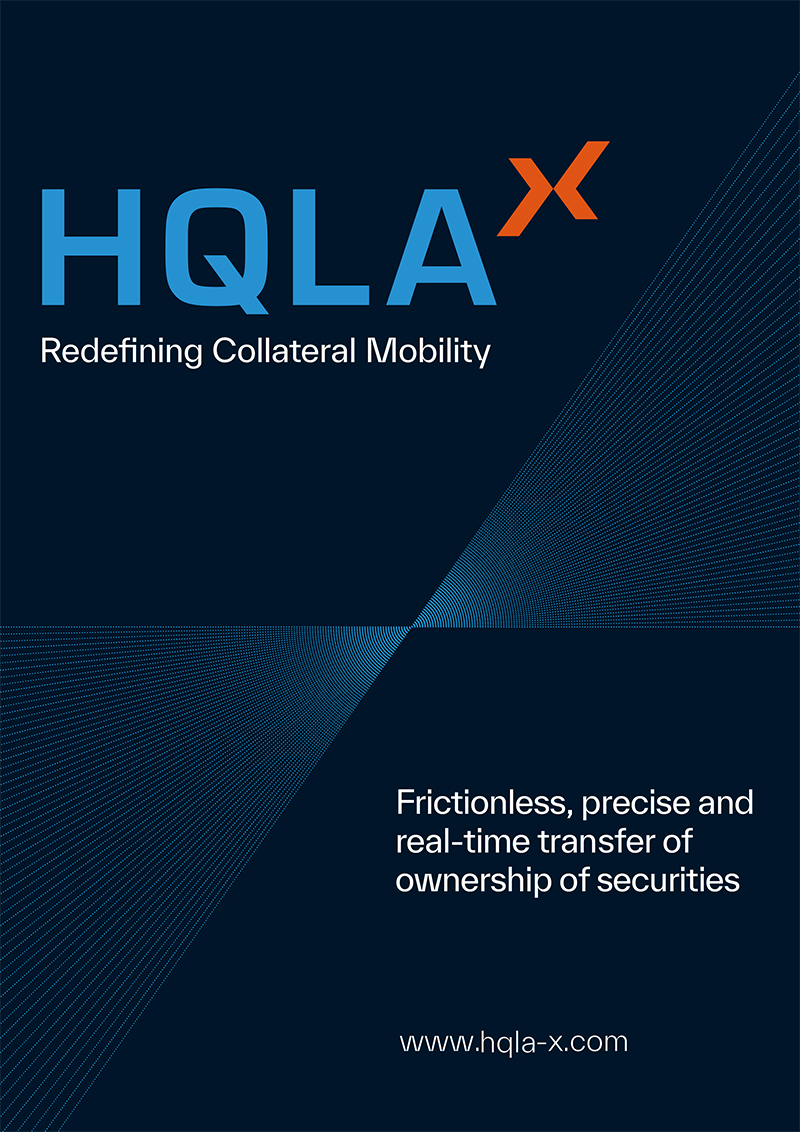EU securities market at very high risk, says ESMA
17 September 2015 Paris
 Image: Shutterstock
Image: Shutterstock
European securities markets are severely at risk from high volatilities and fluctuating performances across asset classes, according to the European Securities and Markets Authority (ESMA).
The European authority raised its market risk indicator to its most severe level, “very high”, following publication of its second Trends, Risks and Vulnerabilities Report for 2015.
The report covers EU securities market developments from January to June 2015.
The risk increase is due to high volatilities and fluctuating performances across asset classes—all of which translates into elevated risks for investors, market infrastructures and the financial system at large.
ESMA’s credit risk indicators remain unchanged at very high levels.
Liquidity risk is additionally expected to intensify further, according to the report, while contagion and operational risk remain unchanged, at high and elevated levels, respectively.
The report cited the improved but uneven economic outlook, ultra-low interest rates, high public sector indebtedness and potential weaknesses in market functioning as the key overall risk sources.
Other key findings from the report include an acknowledgment that the Greek short-selling ban “did not impact market functioning and infrastructures outside Greece in a critical way”.
The EU’s investment fund industry saw increased appetite for risk-taking, partly
prompted by low-interest rates. This was reflected by strong inflows into more risky fund types and large fluctuations in the performance of most fund-industry segments.
Beyond analysing risk, ESMA’s report also monitors possible vulnerabilities, which are provided through specific in-depth analyses—these include shadow banking, market liquidity and alternative funding.
As ESMA continues to monitor risks from the €6 trillion EU shadow banking system, its latest report proposes a focused approach to better measure its size.
The report proposes amended indicators for the asset management industry, and especially bond funds, which will make it easier to disentangle core funds from funds conducting bank-like activities.
The European authority raised its market risk indicator to its most severe level, “very high”, following publication of its second Trends, Risks and Vulnerabilities Report for 2015.
The report covers EU securities market developments from January to June 2015.
The risk increase is due to high volatilities and fluctuating performances across asset classes—all of which translates into elevated risks for investors, market infrastructures and the financial system at large.
ESMA’s credit risk indicators remain unchanged at very high levels.
Liquidity risk is additionally expected to intensify further, according to the report, while contagion and operational risk remain unchanged, at high and elevated levels, respectively.
The report cited the improved but uneven economic outlook, ultra-low interest rates, high public sector indebtedness and potential weaknesses in market functioning as the key overall risk sources.
Other key findings from the report include an acknowledgment that the Greek short-selling ban “did not impact market functioning and infrastructures outside Greece in a critical way”.
The EU’s investment fund industry saw increased appetite for risk-taking, partly
prompted by low-interest rates. This was reflected by strong inflows into more risky fund types and large fluctuations in the performance of most fund-industry segments.
Beyond analysing risk, ESMA’s report also monitors possible vulnerabilities, which are provided through specific in-depth analyses—these include shadow banking, market liquidity and alternative funding.
As ESMA continues to monitor risks from the €6 trillion EU shadow banking system, its latest report proposes a focused approach to better measure its size.
The report proposes amended indicators for the asset management industry, and especially bond funds, which will make it easier to disentangle core funds from funds conducting bank-like activities.
NO FEE, NO RISK
100% ON RETURNS If you invest in only one securities finance news source this year, make sure it is your free subscription to Securities Finance Times
100% ON RETURNS If you invest in only one securities finance news source this year, make sure it is your free subscription to Securities Finance Times



